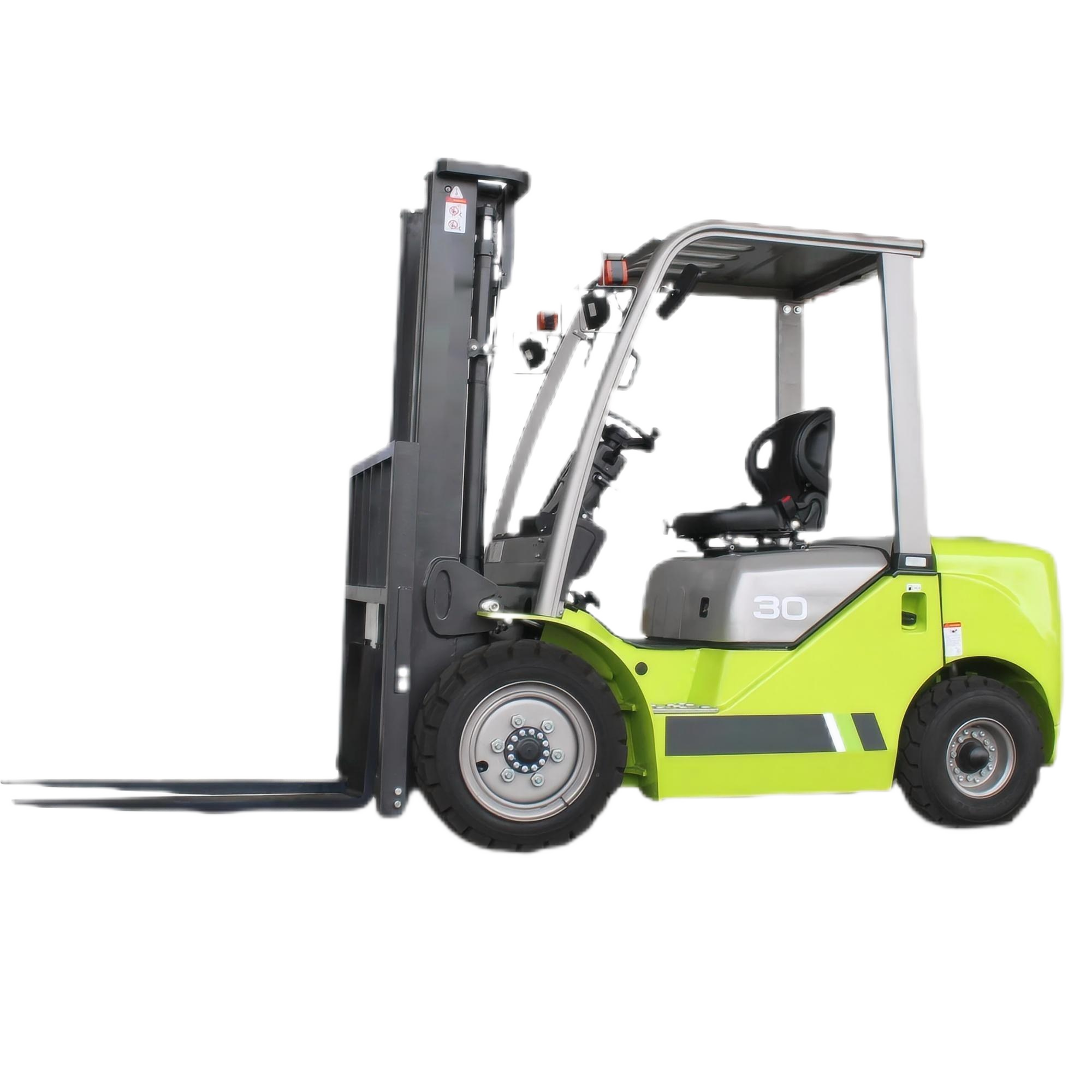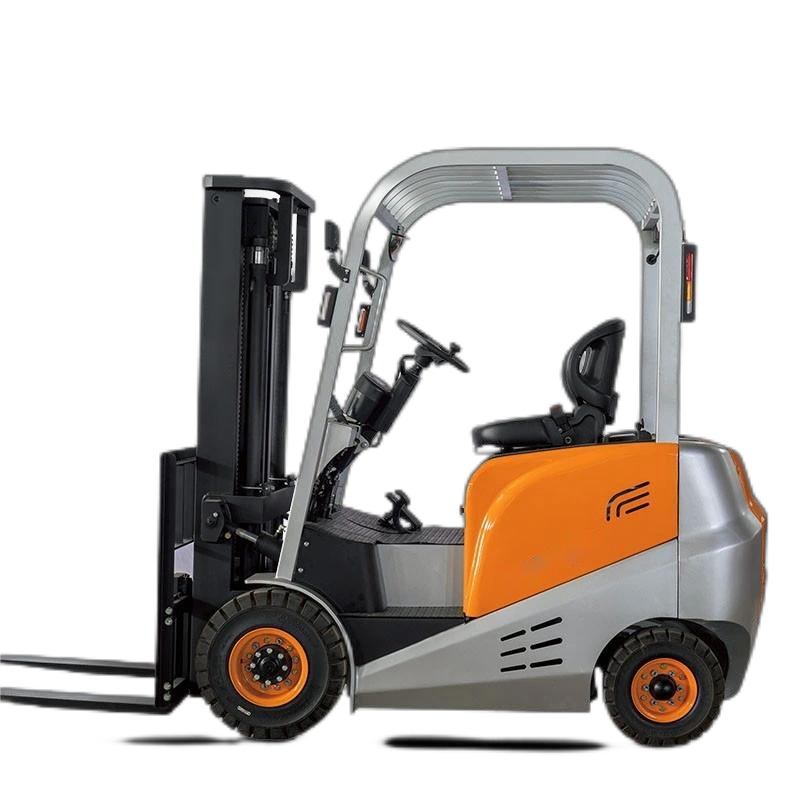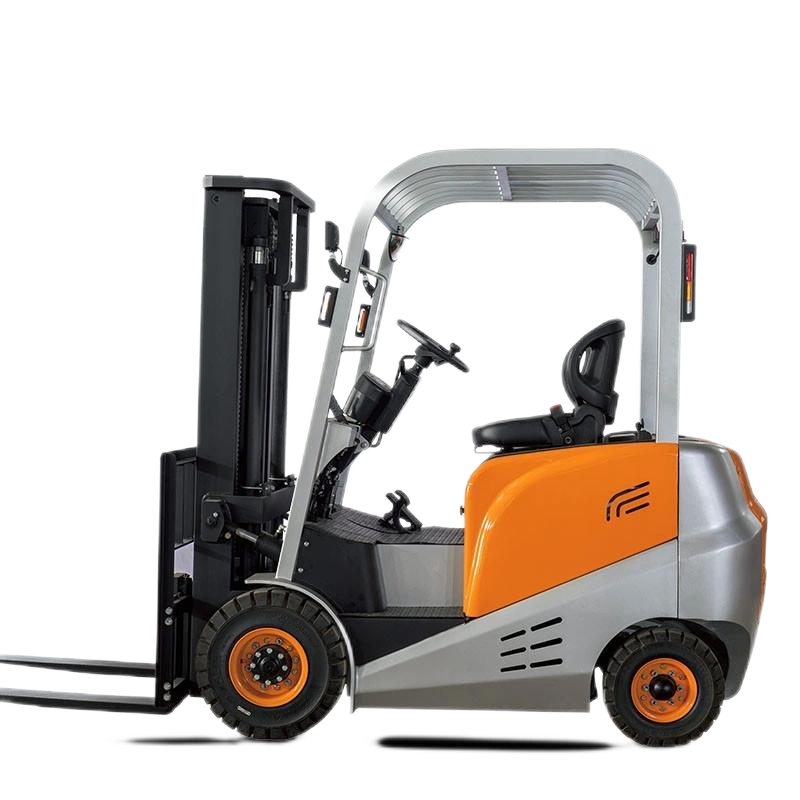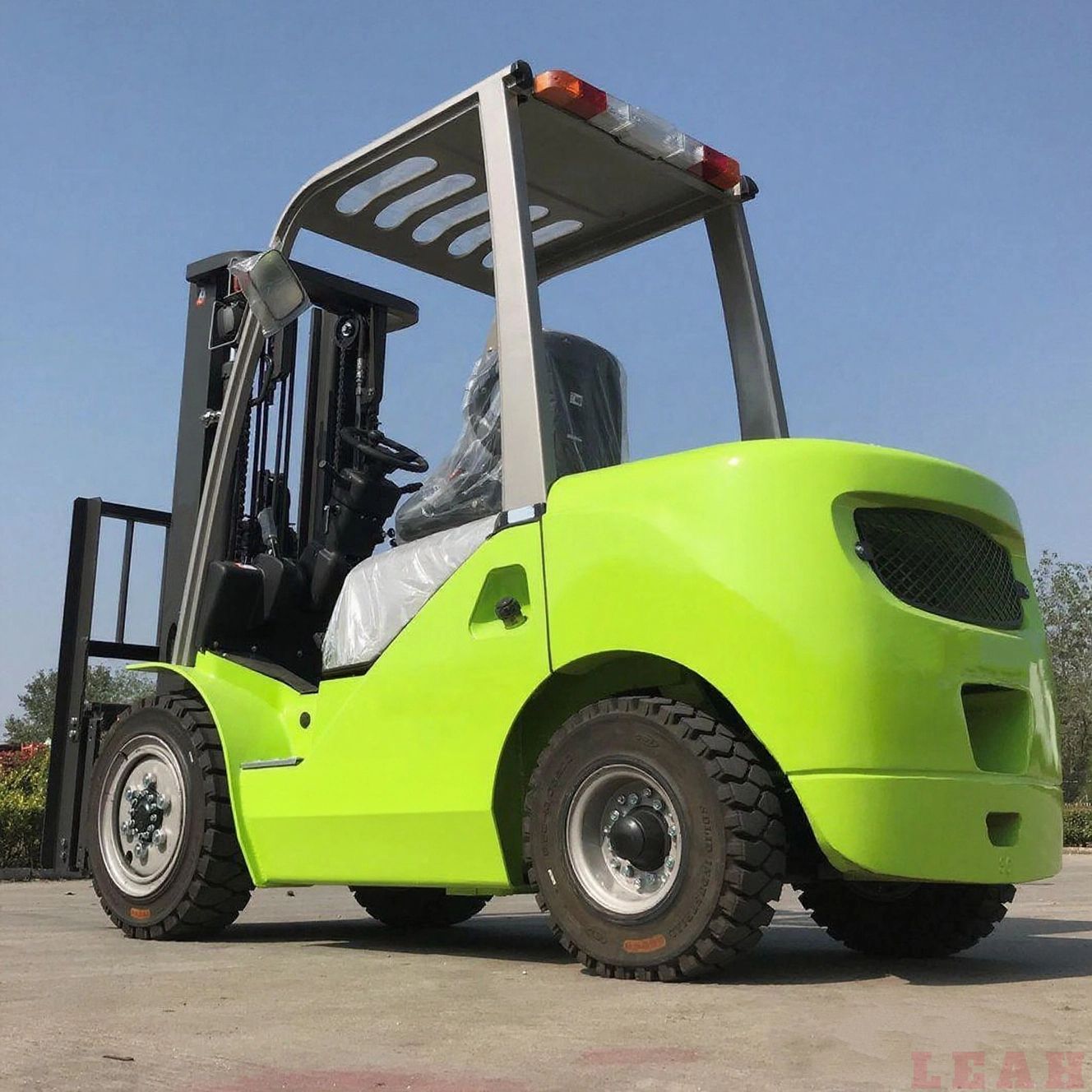Operating an electric forklift requires strict adherence to safety protocols, mastery of operational procedures, and proper pre/post-operation checks to ensure efficiency and prevent accidents. Below is a comprehensive guide covering pre-operation inspection, core operating steps, safety precautions, and post-operation maintenance.
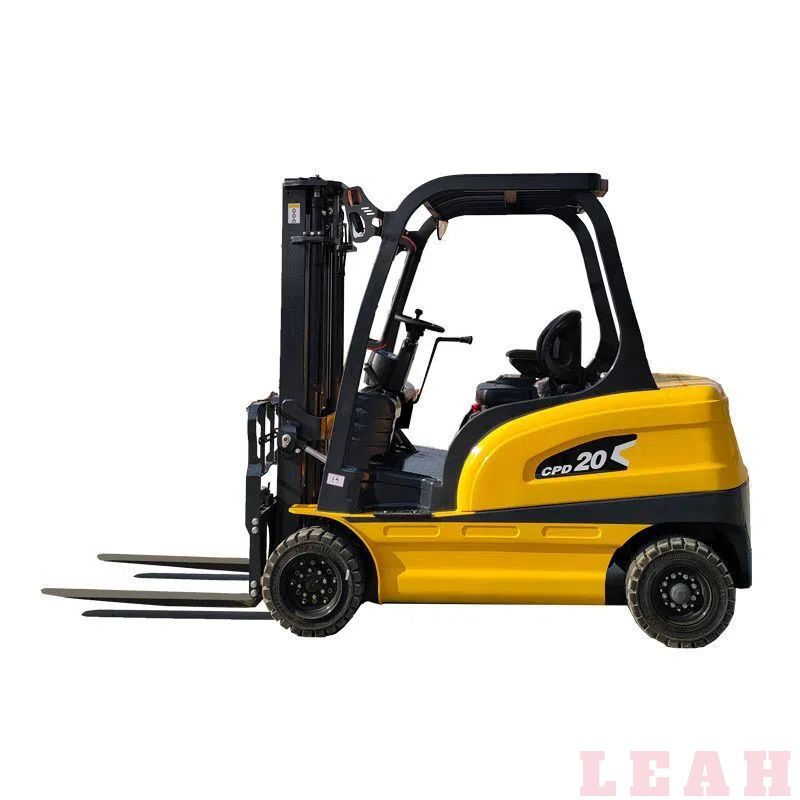
1. Pre-Operation Inspection (Critical for Safety)
Before starting the forklift, conduct a thorough check to identify potential faults. Never operate a forklift with known defects.
| Inspection Category | Key Checkpoints | Standards & Requirements |
|---|---|---|
| Battery System | - Battery charge level via dashboard indicator) - Battery terminals (looseness, corrosion) - Battery water level (for lead-acid batteries) - Charging cable condition | - Charge level ≥ 80% (avoid deep discharge to extend battery life) - Terminals tight, no rust (clean with a wire brush if corroded) - Water level 10-15mm above the electrode plate (add distilled water if low) - Cables intact, no cracks or exposed wires |
| Controls & Instruments | - Dashboard lights (battery, warning, brake) - Steering wheel (looseness, abnormal noise) - Accelerator/brake pedals (responsiveness, no sticking) - Lift/tilt levers (smooth operation, no jamming) | - All lights functional; warning lights off (no error codes) - Steering tight, no free play exceeding 10° - Pedals respond immediately; brakes stop the forklift within 3 meters (at low speed) - Levers move smoothly, with no unusual sounds |
| Safety Devices | - Seatbelt (integrity, buckle function) - Horn (loudness) - Rearview mirrors (adjustment, clarity) - Emergency stop button (responsiveness) - Overhead guard (structural damage) | - Seatbelt with no fraying; buckle latches securely - Horn audible from ≥ 50 meters - Mirrors adjusted to cover blind spots - Emergency stop cuts power immediately when pressed - Guard free of cracks or deformation |
| Tires & Wheels | - Tire pressure (for pneumatic tires) - Tire tread (wear, cuts, embedded debris) - Wheel nuts (tightness) | - Pressure matches manufacturer’s specs (usually 40-60 PSI) - Tread depth ≥ 3mm; no sidewall cracks - Nuts tightened (no looseness when checked by hand) |
| Fork & Attachments | - Forks (bending, cracks, wear) - Fork positioning lock (function) - Load backrest (structural integrity) | - No visible bending/cracks; fork tips aligned (difference ≤ 3mm) - Lock secures forks in position when adjusted - Backrest free of damage (supports loads safely) |
2. Core Operating Procedures
Follow these steps to operate the forklift smoothly and safely:
Step 1: Start the Forklift
- Sit in the driver’s seat, fasten the seatbelt, and adjust the seat/steering wheel for comfort.
- Ensure the forklift is in Neutral (N) and the parking brake is engaged.
- Turn the key to the "On" position; check the dashboard for error codes (resolve any issues before proceeding).
- Press the "Start" button (or turn the key further) to start the motor. Idle for 1-2 minutes to warm up the system.
Step 2: Basic Maneuvering (Driving, Turning, Stopping)
- Driving:
- Disengage the parking brake and shift to Forward (F) or Reverse (R) (wait for the direction indicator to light up before moving).
- Accelerate slowly (electric forklifts have instant torque—avoid sudden acceleration to prevent load shifting).
- Maintain a safe speed: ≤ 5 km/h in narrow aisles or near pedestrians; ≤ 10 km/h in open areas (follow site speed limits).
- Turning:
- Slow down to ≤ 3 km/h before turning (electric forklifts have a tight turning radius—avoid sharp turns to prevent tipping).
- Keep the load low (≤ 30cm off the ground) when turning to reduce the center of gravity.
- Stopping:
- Release the accelerator and press the brake pedal slowly (avoid sudden braking to prevent load sliding).
- Shift to Neutral (N), engage the parking brake, and turn off the motor if stopping for more than 1 minute.
Step 3: Load Handling (Lifting, Lowering, Transporting)
Load handling is the highest-risk phase—strictly follow these rules:
- Approach the Load:
- Align the forklift directly in front of the load (forks parallel to the pallet).
- Adjust fork spacing to match the pallet’s load-bearing beams (forks should extend at least 2/3 of the way under the pallet).
- Lifting the Load:
- Slowly drive forward until the forks are fully under the pallet.
- Use the lift lever to raise the load—lift only high enough to clear obstacles (≤ 10cm when transporting; ≤ 30cm when turning).
- Tilt the load back slightly (using the tilt lever) to prevent it from sliding forward.
- Transporting the Load:
- Keep the load low (close to the ground) to maintain stability.
- Avoid sudden starts/stops or sharp turns.
- Stay alert for pedestrians, obstacles, and uneven surfaces (electric forklifts are quieter than gas-powered ones—use the horn at blind corners or intersections).
- Lowering the Load:
- Position the load above the target location (pallet rack or ground).
- Tilt the load forward slightly (to align with the rack/ground).
- Use the lower lever to set the load down gently (do not drop the load).
- Once the load is secure, back the forklift away slowly and lower the forks to the ground (≤ 5cm off the ground for travel).
3. Critical Safety Precautions
Electric forklifts have unique risks (e.g., battery-related hazards, quiet operation)—never ignore these rules:
- Load Capacity: Never exceed the forklift’s rated capacity (displayed on the nameplate). Overloading causes tipping—reduce capacity by 50% when lifting loads at maximum height.
- Pedestrian Safety:
- Yield to pedestrians at all times; use the horn when approaching blind spots, doorways, or intersections.
- Maintain a safe distance (≥ 1 meter) from pedestrians and other equipment.
- Battery Safety:
- Do not smoke near the battery (risk of hydrogen gas ignition).
- Wear gloves and safety goggles when checking battery water or connecting/disconnecting cables (battery acid is corrosive).
- Charge the battery in a well-ventilated area (to disperse hydrogen gas).
- Stability:
- Never turn on an incline (drive straight up/down slopes).
- When ascending a slope, drive forward with the load uphill; when descending, drive in reverse with the load uphill (keeps the load stable).
- Do not drive over uneven surfaces (e.g., potholes, loose gravel) with a load.
- Operator Restrictions:
- Only trained, certified operators are allowed to use the forklift (no unauthorized personnel).
- Do not carry passengers (forklifts are designed for one person only).
- Avoid distractions (e.g., using a phone) while operating.
4. Post-Operation Maintenance
Proper post-operation care extends the forklift’s lifespan and ensures readiness for the next use:
- Park the Forklift:
- Park in a designated area (flat, level ground; away from fire exits, doorways, or high-traffic zones).
- Lower the forks to the ground (≤ 5cm off the floor).
- Shift to Neutral (N), engage the parking brake, and turn off the motor.
- Remove the key and store it in a secure location.
- Clean and Inspect:
- Wipe down the dashboard, seat, and controls to remove dust/debris.
- Check for leaks (battery fluid, hydraulic oil) under the forklift.
- Remove any debris from the forks (e.g., wood chips, plastic).
- Battery Care:
- If the battery charge level is ≤ 20%, recharge it immediately (do not leave a discharged battery overnight).
- Check the battery water level (for lead-acid batteries) and top up with distilled water if needed.
- Report Issues:
- Document any defects (e.g., unusual noises, unresponsive brakes) in the forklift’s maintenance log.
- Notify the maintenance team of any problems requiring repair (do not use the forklift until issues are fixed).
By following these steps, operators can ensure safe, efficient operation of electric forklifts while minimizing the risk of accidents, equipment damage, or injury. Always refer to the manufacturer’s manual for model-specific guidelines (e.g., battery charging time, load capacity).





